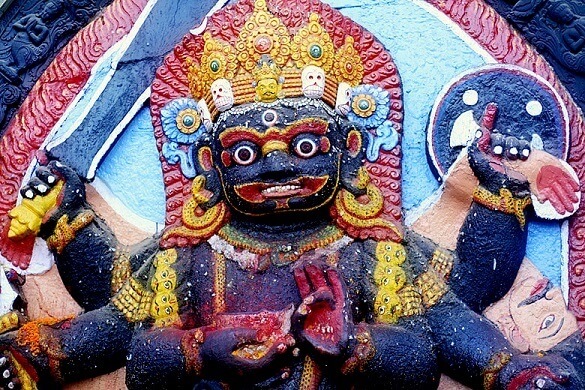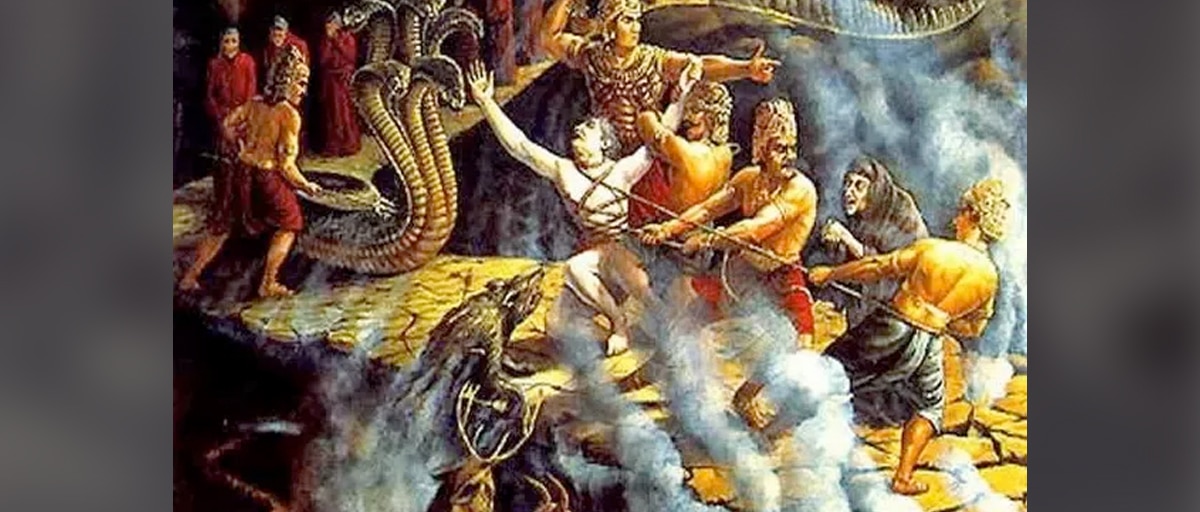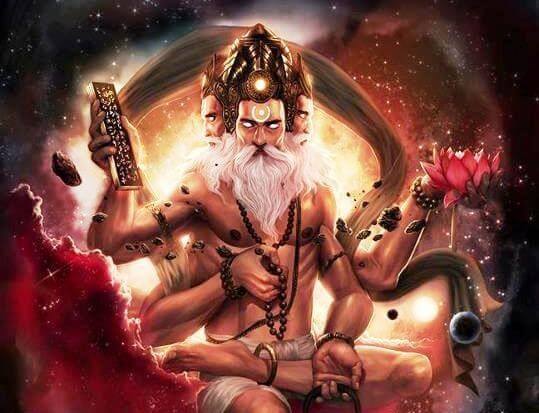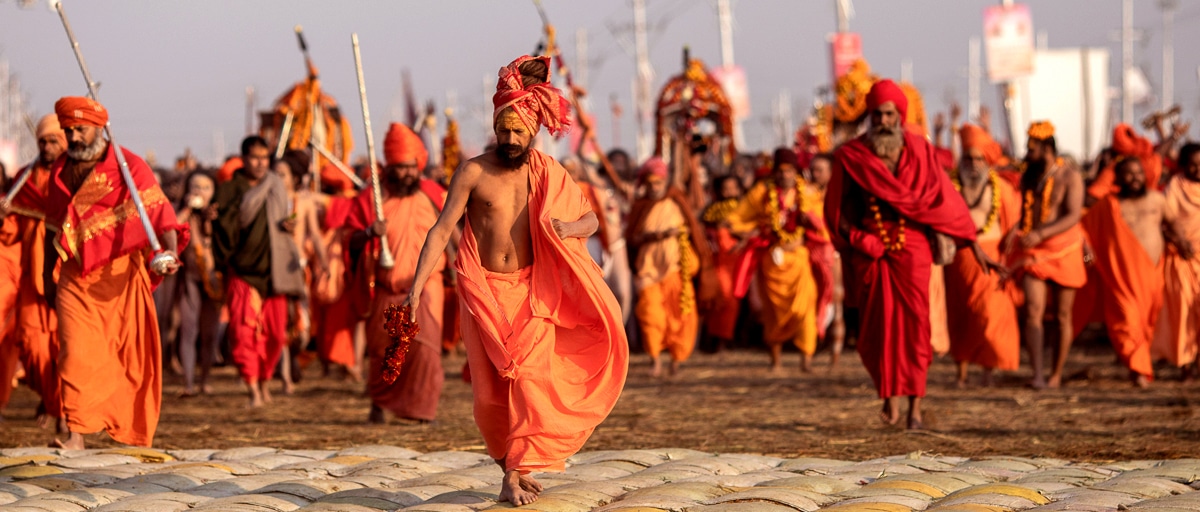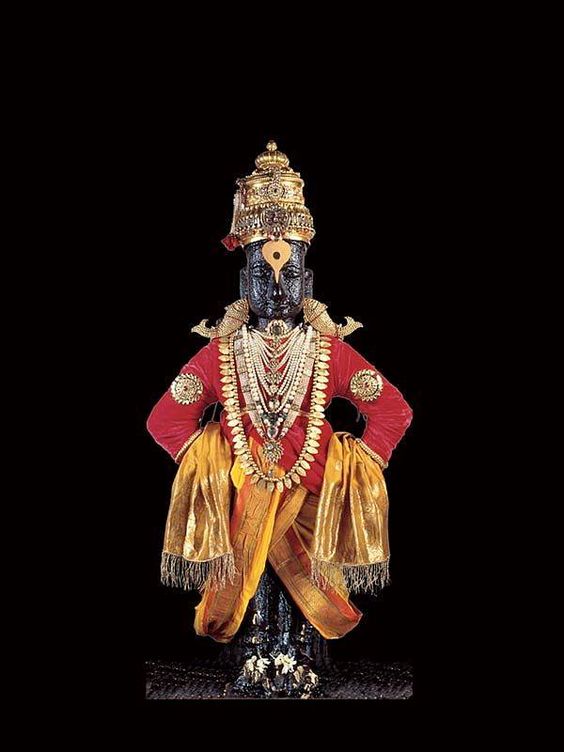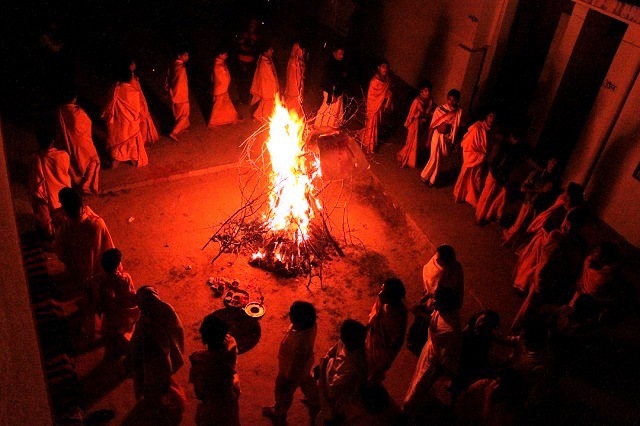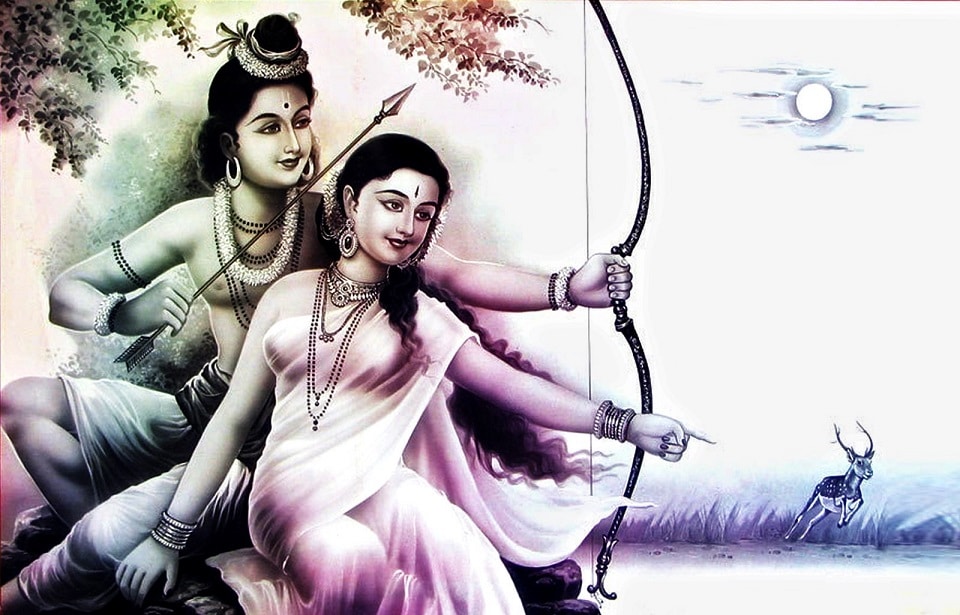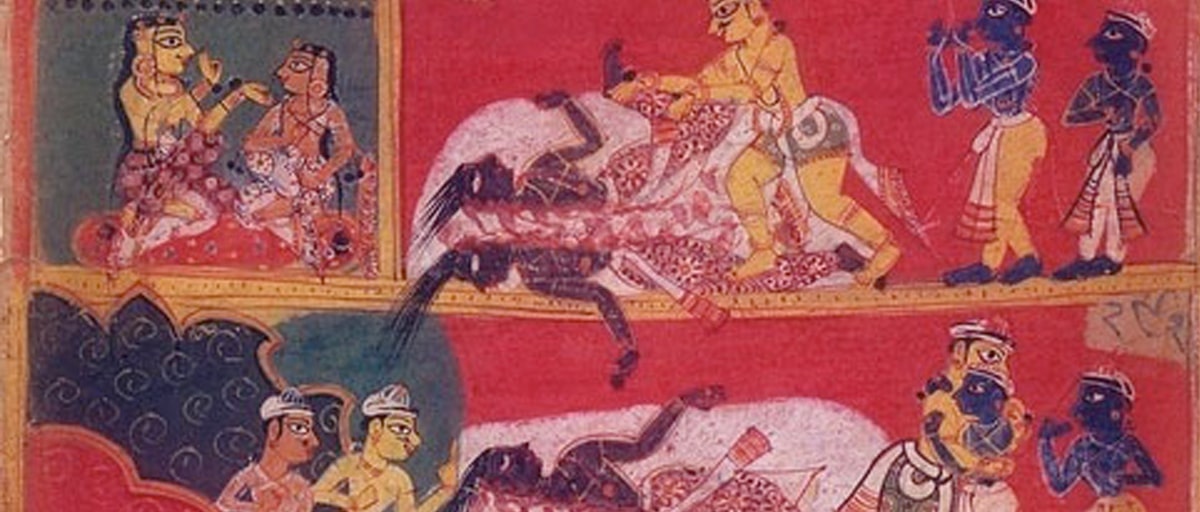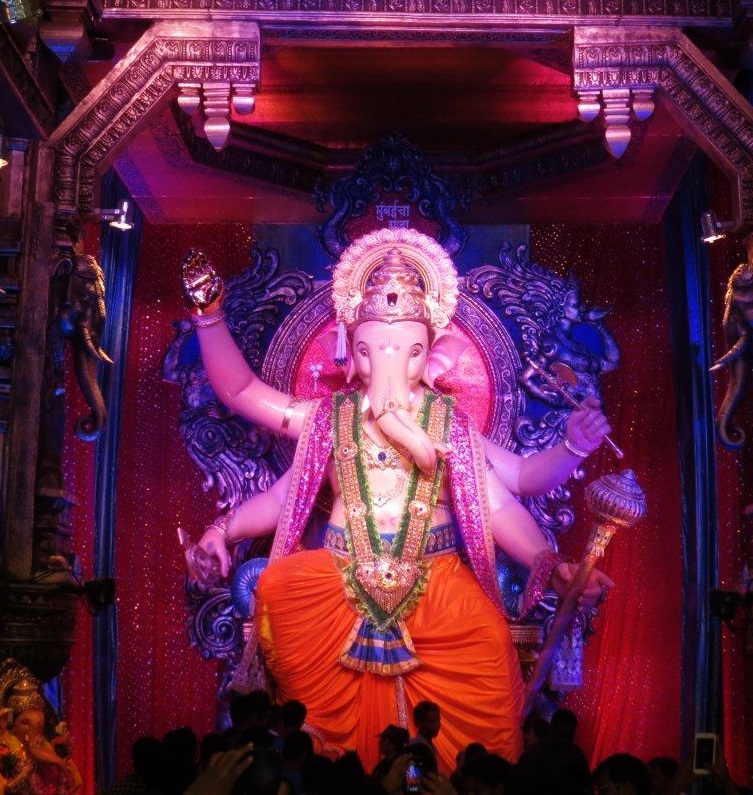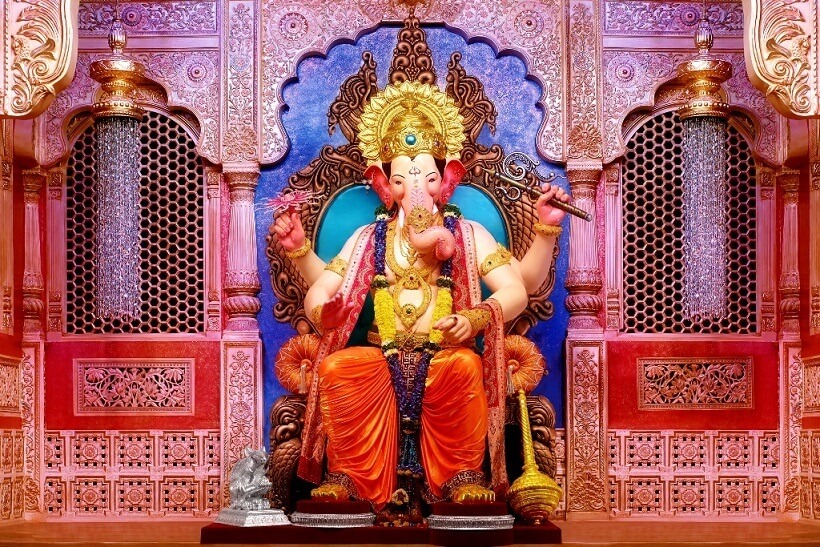The Upanishads are ancient Hindu scriptures that are considered to be some of the foundational texts of Hinduism. They are part of the Vedas, a collection of ancient religious texts that form the basis of Hinduism. The Upanishads are written in Sanskrit and are thought to date back to the 8th century BCE or earlier. They are considered to be among the oldest sacred texts in the world and have had a significant influence on Hindu thought.
The word “Upanishad” means “sitting down near,” and refers to the practice of sitting near a spiritual teacher to receive instruction. The Upanishads are a collection of texts that contain the teachings of various spiritual masters. They are meant to be studied and discussed in the context of a guru-student relationship.
There are many different Upanishads, and they are divided into two categories: the older, “primary” Upanishads, and the later, “secondary” Upanishads.
The primary Upanishads are considered to be more foundational and are thought to contain the essence of the Vedas. There are ten primary Upanishads, and they are:
- Isha Upanishad
- Kena Upanishad
- Katha Upanishad
- Prashna Upanishad
- Mundaka Upanishad
- Mandukya Upanishad
- Taittiriya Upanishad
- Aitareya Upanishad
- Chandogya Upanishad
- Brihadaranyaka Upanishad
The secondary Upanishads are more diverse in nature and cover a wider range of topics. There are many different secondary Upanishads, and they include texts such as
- Hamsa Upanishad
- Rudra Upanishad
- Mahanarayana Upanishad
- Paramahamsa Upanishad
- Narasimha Tapaniya Upanishad
- Advaya Taraka Upanishad
- Jabala Darsana Upanishad
- Darshana Upanishad
- Yoga-Kundalini Upanishad
- Yoga-Tattva Upanishad
These are just a few examples, and there are many other secondary Upanishads
The Upanishads contain philosophical and spiritual teachings that are intended to help people understand the nature of reality and their place in the world. They explore a wide range of topics, including the nature of the self, the nature of the universe, and the nature of the ultimate reality.
One of the key ideas found in the Upanishads is the concept of Brahman. Brahman is the ultimate reality and is seen as the source and sustenance of all things. It is described as being eternal, unchanging, and all-pervading. According to the Upanishads, the ultimate goal of human life is to realize the unity of the individual self (atman) with Brahman. This realization is known as moksha, or liberation.
Here are some examples of Sanskrit text from the Upanishads:
- “Aham brahmaasmi.” (From the Brihadaranyaka Upanishad) This phrase translates to “I am Brahman,” and reflects the belief that the individual self is ultimately one with the ultimate reality.
- “Tat tvam asi.” (From the Chandogya Upanishad) This phrase translates to “Thou art that,” and is similar in meaning to the above phrase, emphasizing the unity of the individual self with the ultimate reality.
- “Ayam atma brahma.” (From the Mandukya Upanishad) This phrase translates to “This self is Brahman,” and reflects the belief that the true nature of the self is the same as the ultimate reality.
- “Sarvam khalvidam brahma.” (From the Chandogya Upanishad) This phrase translates to “All this is Brahman,” and reflects the belief that the ultimate reality is present in all things.
- “Isha vasyam idam sarvam.” (From the Isha Upanishad) This phrase translates to “All this is pervaded by the Lord,” and reflects the belief that the ultimate reality is the ultimate source and sustainer of all things.
The Upanishads also teach the concept of reincarnation, the belief that the soul is reborn into a new body after death. The form that the soul takes in its next life is believed to be determined by the actions and thoughts of the previous life, a concept known as karma. The goal of the Upanishadic tradition is to break the cycle of reincarnation and achieve liberation.
Yoga and meditation are also important practices in the Upanishadic tradition. These practices are seen as a way to quiet the mind and achieve a state of inner peace and clarity. They are also believed to help the individual realize the unity of the self with the ultimate reality.
The Upanishads have had a significant influence on Hindu thought and have also been widely studied and revered in other religious and philosophical traditions. They are seen as a source of wisdom and insight into the nature of reality and the human condition. The teachings of the Upanishads continue to be studied and practiced by Hindus today and are an important part of the Hindu tradition.





